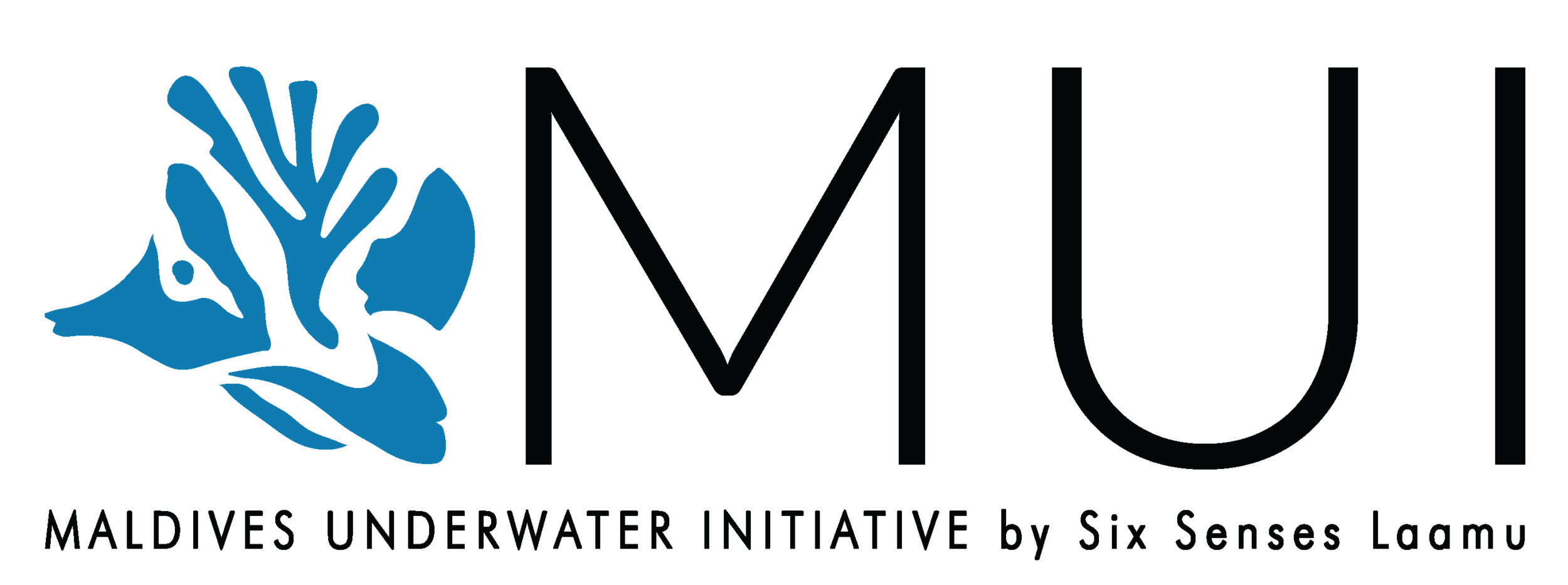
SEAGRASS
CONSERVATION
Seagrass meadows are a vital habitat for the Maldives but unfortunately they are poorly understood. They help fight climate change because, like plants on land, they absorb carbon dioxide and produce oxygen. Seagrass meadows also provide habitat, shelter and food for numerous organisms. Seagrasses are often found adjacent to coral reefs where they help prevent coral diseases by trapping nutrients and pollutants from reaching corals. Crucially, they protect Maldivian islands from erosion by reducing wave energy. Conserving these ecosystems benefits tourism because essential feeding grounds for charismatic species that tourists travel to the Maldives to see like endangered green sea turtles and juvenile sharks and rays.
A SURVEY CONDUCTED IN 2017 SUGGESTED THAT OVER 50% OF THE RESORTS IN THE MALDIVES REMOVE THEIR SEAGRASS MEADOWS.
Despite this, seagrass meadows are actively removed from the lagoons of resort islands to maintain the ‘picturesque’ turquoise blue waters and white sand beaches that the Maldives is known for. Contrary to popular belief among the tourism industry, we believe seagrass can provide positive experiences like snorkelling with feeding green sea turtles or adding to the diverse shades of blue in the lagoon. We have since collected evidence from Six Senses Laamu that proves just that- snorkeling amongst our seagrass meadows are a highlight of a lot of our guest’s stay.
THE ECOSYSTEM SERVICES SEAGRASS MEADOWS PROVIDE IN THE FISHERIES AND TOURISM INDUSTRIES, ARE VALUED AT $19,000 PER HECTARE PER YEAR.
#PROTECT MALDIVES
SEAGRASS
In 2019, Six Senses Laamu and Blue Marine Foundation (BLUE), launched the #ProtectMaldivesSeagrass campaign which convinced more than 25 per cent of the country’s high-end resorts to protect their seagrass meadows. 37 resorts joined the campaign and collectively they pledged to protect more than 910,000m² of seagrass around resort islands across the country. The Maldives’ Ministry of Tourism also supported the campaign.
SEAGRASS
ECOLOGY
Since pledging to protect the seagrass meadows around Six Senses Laamu in 2018, the resort marine biologists have mapped and characterized the meadows surrounding the resort. Six species of seagrass have been identified here (that’s two more than were previously described in Maldives!), and have characterized species composition, meadow density and associated plant and animal life.
Six Senses Laamu and BLUE also mapped and characterized three other seagrass meadows in Laamu. In addition to identifying seagrass species, we identified 141 different fish species from 31 families. This is the first time anyone in the Maldives has documented fish communities in Maldivian seagrasses. As many as 85% of fish identified were juveniles, demonstrating the importance of seagrasses as a nursery habitat for fish.
With advice from world renowned experts BLUE and Six Senses Laamu have now developed the Maldives first ever National Seagrass Monitoring Protocol. This has been accepted by the Maldivian government who are using this to collect seagrass data from across the country.



